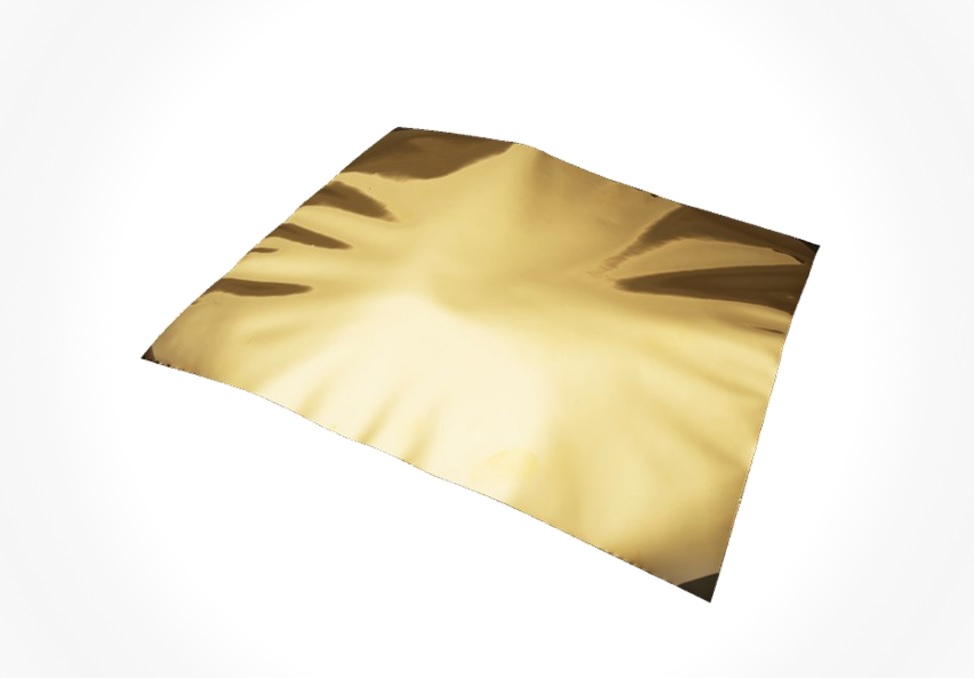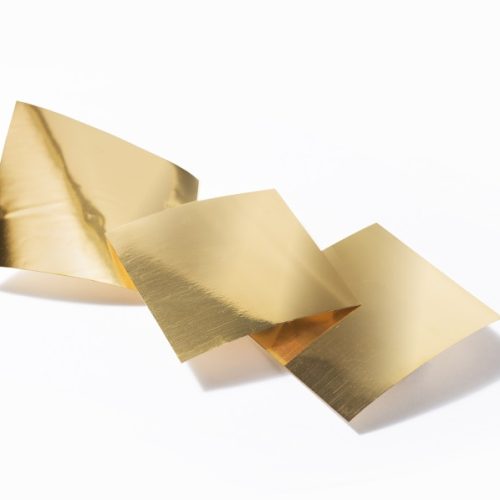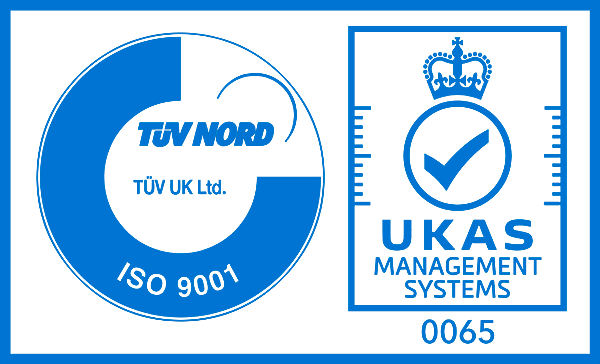PVdF – 40 µm-80 µm
£342.00 – £517.00 excl. VAT
PVdF is one of the most widely known piezo-polymers. PVdF exhibits strong piezo- and pyro-electric response, and has an acoustic impedance that is much closer to water than conventional piezo-ceramic materials.
* Image shows golded PVdF film
Additional information
| Lead time | 2 days |
|---|
More detail
Piezo-electric PVdF
PVdF is one of the most widely known piezo-polymers. PVdF exhibits strong piezo- and pyro-electric response and has an acoustic impedance that is much closer to water than conventional piezo-ceramic materials. These properties have made it highly desirable for the production of ultrasonic sensors. PVdF is chemically resistant and is mechanically resilient. However, its piezo-properties will start to degrade if exposed to elevated temperatures which will begin to unlock the polarisation necessary for the piezo-electric properties of the film. As a general rule, PVdF should be kept and used below 60 °C and exposure to temperatures above 100 °C is likely to remove the majority of piezo-electric behaviour.
To facilitate our customers who wish to purchase small quantities of piezo-electric polymers we stock a range of poled PVdF film. This can be supplied with or without Cr-Au coating. Some of the different options are listed below:
Properties of poled piezo-electric PVdF Film
The process of turning PVdF from an inert polymer to a poled piezo-electric film is a complicated one involving several changes. Partly due to this, and partly due to the inherent randomness of the semi-amorphous structure of PVdF, there can be considerable variation in the material properties of the final material.
Consequently, the materials properties listed in the data sheet provide an indication of the typical values, rather than any guarantee of exact data.
How to use PVdF
- PVdF is pre shrunk prior to the deposition of electrodes and further “shrinking” is not required.
- Exposure to temperatures above 60 °C will start to irreversibly degrade the performance of PVdF.
- Do not solder onto PVdF as this can cause local depolarization.
- To make a connection to the metallised PVdF consider the use of:
- Mechanical connection via a crimp or fold.
- Adhesive connection using silver loaded epoxy.
- To bond PVdF to a substrate use a low viscosity epoxy or nitrile contact adhesive. In either case make sure sufficient pressure is applied during cure.
- To cut PVdF use a sharp scalpel.



